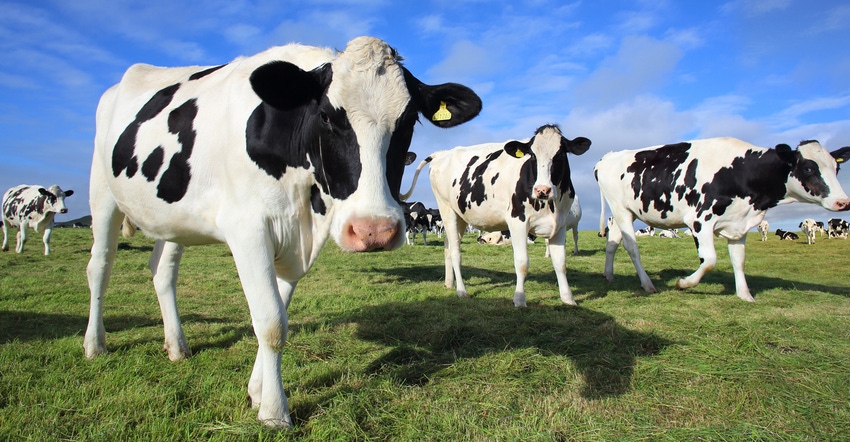
Say you are in a grocery store shopping in the meat aisle, and a shopper next to you asks, “I wonder how safe this beef roast is for my family to eat?” Or you are at a church picnic helping grill hamburgers, and one of the people helping you wants to know if you think the hamburger purchased from a local meat market has any antibiotic residue.
“I want you to be able to have a conversation about antibiotic residues with a consumer,” said Dr. Brian Lubbers, a veterinarian and associate professor of food animal therapeutics at Kansas State University College of Veterinary Medicine. Lubbers spoke about antibiotic residues in milk and meat from dairy cows during a recent Professional Dairy Producers Dairy Signal webinar.
Keeping food safe
Lubbers said there is a lot of regulation behind antibiotic residues that helps keep meat and milk safe.
“Before a drug intended for use in food-producing animals is approved, the drug must demonstrate a ‘reasonable certainty of no harm,”’ he explained. “The drug must be safe for the animals receiving the drug, and it must be safe for consumers of food products derived from treated animals.”
When a drug company develops a product, it must conduct safety studies.
Lubbers noted there are antibiotics that are illegal for use in food animals, such as chloramphenicol.
“We do work in a regulated environment,” he said. “It is not safe for people to consume that antibiotic. There are other antibiotics that are restricted in food animals, such as sulfonamides. No extra-label drug use is allowed with these drugs. As a veterinarian, I have to follow the label directions.”
Extra-label drug use always requires authorization by a prescription from a licensed veterinarian if the producer is giving any of the following:
a different dose, route, frequency or duration than what is on the antibiotic’s label
a different disease indication
a different injection volume
“If you are giving a drug at a higher dose than what is authorized on the label, you have to have a prescription for that from a veterinarian,” Lubbers said. “It will also require an extension of the withdrawal time.”
Withdrawal time study
Before a drug can be approved, a drug company must complete a withdrawal time study to determine at what concentration a drug may lead to side effects and what is a safe concentration.
“The study needs to determine the amount of total residue of a drug that can be consumed from each edible tissue every day for the lifetime of a human without exposing the consumer to residues in excess of the acceptable daily intake,” Lubbers explained. “USDA monitors the maximum concentration of a residue that can legally remain in the target tissue.”
From that, the withdrawal period for meat and milk is determined, as is the interval between the time of the last dose and when the animal or animal product (milk) can be consumed safely.
“There are a lot of safety factors built into establishing a withdrawal time,” he said. “If we follow the label directions and the withdrawal times, it really is a very safe product to consume.”
Lubbers said the withdrawal time protects the consumer from harmful residues in food products, and it protects the dairy producer from selling “adulterated” products if label directions are followed.
“It is there to help farmers feel confident in safely selling products to consumers,” he added.
Lubbers said every tanker load of milk is tested for drug residues. And meat inspectors can pull any carcass off the line and test it for residues.
“They do random samples,” Lubbers explained. “In 2019, 96,000 dairy cow carcasses were sampled, compared to 9,000 samples in 2019 of beef cattle. Dairy cows account for a much larger number of samples.”
Of those 96,000 carcasses tested in 2019, 0.3%, or 3 out of every 1,000 carcasses, tested positive for drug residues.
“That is a good story,” Lubbers said.
About the Author(s)
You May Also Like






